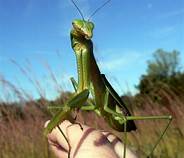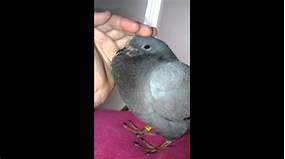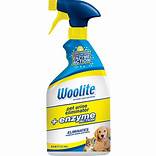Can You Keep Praying Mantis As A Pet?
Praying mantises are fascinating creatures that often capture our attention with their unique appearance and behavior. Their large, compound eyes, long, slender bodies, and powerful forelegs make them a sight to behold. As a result, some people may wonder if it's possible to keep a praying mantis as a pet.

Can You Keep Praying Mantis As A Pet?
The answer is yes, you can keep a praying mantis as a pet. However, there are a few factors to consider before bringing one into your home.
Things To Consider Before Getting A Praying Mantis As A Pet
Here are some things to keep in mind:
1. Praying Mantis Diet:
Praying mantises are carnivorous and primarily feed on live insects. This means you will need to provide a steady supply of live insects for your pet, such as flies, crickets, or worms. It's also important to ensure the insects you provide are free of pesticides and other harmful substances.
2. Praying Mantis Housing:
Praying mantises need a suitable habitat to thrive. A spacious enclosure, such as a terrarium or a cage, with proper ventilation is essential. The enclosure should be large enough for your pet to move around comfortably and should have a secure lid to prevent escapes.
3. Praying Mantis Lifespan:
The lifespan of a praying mantis varies depending on the species but typically ranges from a few weeks to a few months. This means that you need to be prepared for the possibility of your pet passing away relatively soon after you bring it home.
4. Praying Mantis Temperament:
Praying mantises are generally solitary creatures and may not be suitable for handling. They can be aggressive towards each other and may even bite if they feel threatened. Therefore, it's important to avoid handling your pet excessively and to take precautions when interacting with it.
Caring For A Praying Mantis As A Pet
If you decide to bring a praying mantis into your home, here are some tips for providing proper care:
1. Diet:
Feed your pet live insects regularly. Dust the insects with calcium powder to provide essential nutrients. Avoid feeding your mantis insects that are larger than its head, as they can be difficult to digest.
2. Housing:
Keep your pet in a spacious enclosure with proper ventilation. Ensure the enclosure is escape-proof and provides a suitable environment for your mantis to thrive.
3. Temperature:
Praying mantises prefer warm temperatures, typically between 75°F and 85°F. Use a heat lamp or a heating pad to maintain the desired temperature in the enclosure.
4. Humidity:
Maintain a moderate humidity level in the enclosure. Mist the enclosure lightly once or twice a day to provide moisture.
5. Handling:
Handle your pet with care and avoid excessive handling. Use a soft brush or a stick to gently move your mantis if necessary.
Remember that praying mantises are wild creatures and may not be suitable for everyone as pets. If you are considering getting one, make sure you have the time, resources, and knowledge to provide proper care. It's also important to research the specific species you are interested in to understand its unique needs and requirements.
Declaration: All article resources on this website, unless otherwise specified or labeled, are collected from online resources. If the content on this website infringes on the legitimate rights and interests of the original author, you can contact this website to delete it.






